
Born
July 19th, 1827
Passed Away
April 08th, 1857
Popularly Known as
Mangal Pande
Occupation
Freedom fighter
Religion
Hindu
Caste
-
Native
Nagwa
Country
India
પિતા જ ધર્મ છે, પિતા જ સ્વર્ગ છે, પિતા જ પરમ તપ છે, પિતૃભક્તિ સર્વે ભક્તિમાં શ્રેષ્ઠ છે. પિતૃભક્તિ સર્વે દેવતાઓને પણ પ્રિય છે. શાસ્ત્ર માં કહેવાયેલા આ વાક્યો નો અર્થ અમારા જીવનનો મર્મ છે. સ્વર્ગની પ્રાપ્તિ ધર્મથી થાય છે, તપથી થાય છે. પરંતુ અમારા માટે અમારી પિતૃભક્તિ જ સર્વે ભક્તિમાં શ્રેષ્ઠ છે.
Shradhanjali By
Shradhanjali.com
Biography of Mangal Pande
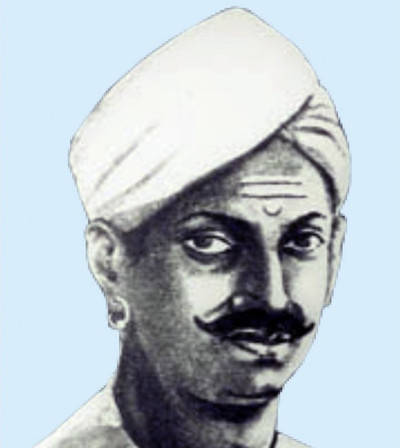
Mangal Pandey (c. 19 July 1827 – 8 April 1857) was a sepoy (soldier) in the 34th Regiment of the Bengal Native Infantry (BNI) of the English East India Company. He is widely seen in India as one of its first freedom fighters. The Indian government has issued postage stamps commemorating him as freedom fighter and his life and actions have been adapted to the silver screen.
- Life
Mangal Pandey was born in July 1827 in the town of Jhagwa in district of Ballia (Uttar Pradesh), at that time administrative headquarter of Ghazipur in a Bhumihar Brahman family of Ghazipur division. He refused to join the East India Company's forces in 1839 at the age of 22. Pandey was part of the 6th Company of the 26th Assam Native Infantry and is primarily known for defending officers of that regiment in an incident that was the first movment of what came to be known as the Sepoy Mutiny of 1857 or the First War of Indian Independence. It is said that Mangal Pandey was a devout Hindu and that he practiced his religion dilligently.
- The 1857 incident
At Barrackpore on March 29, 1857, in the afternoon, Lieutenant Baugh, Adjutant of the 34th Bengal Native Infantry (BNI), was informed that several men of his regiment were in an excited state. Further, it was reported to him that one of them, Mangal Pandey, was pacing in front of the regiment's guard room by the parade ground, armed with a loaded musket, calling upon the men to rebel and threatening to shoot the first European he set his eyes on. Baugh immediately buckled on his sword, placed loaded pistols in his holsters, mounted his horse, and galloped to the lines. Pandey, who heard the hoof-beat of the approaching horse, took position behind the station gun, which was in front of the quarter-guard of the 34th, took aim at Baugh and fired. He missed Baugh, but the bullet struck his horse in the flank, and both horse and rider were brought down. Baugh quickly disentangled himself, and, seizing one of his pistols, advanced towards Pandey and fired. He missed. Before Baugh could draw his sword, Pandey attacked him with a talwar (an Indian heavy sword) and closing with the adjutant, slashed him on the shoulder and neck and brought him to the ground. It was then that another sepoy, Shaikh Paltu, intervened and tried to restrain Pandey even as he tried to reload his musket.
The English Sergeant-Major, Hewson, had arrived on the ground, summoned by a native officer, prior to Baugh. He had ordered the jemadar in command of the quarter-guard to arrest Mangal Pandey. To this, the jemadar expostulated that he could not take Pandey on alone. At this, Hewson ordered him to fall in his guard with loaded weapons. In the meantime, Baugh had arrived on the field shouting 'Where is he? Where is he?' Hewson called out to Baugh, 'Ride to the right, Sir, for your life. The sepoy will fire at you!' At that point Pandey fired, with the consequences outlined in the last paragraph.
Hewson had charged towards Pandey as he was fighting with Lieutenant Baugh. He then locked in combat with Pandey and was knocked to the ground from behind by a blow from Pandey's musket. The sound of the firing had brought other sepoys from the barracks; they remained mute spectators. At this juncture, Shaikh Paltu, while trying to defend the two Englishmen called upon the other sepoys to assist him.Assailed by other sepoys, who threw stones and shoes at his back, he called on the guard to help him hold Pandey, but they threatened to shoot him if he did not let go of Pandey.
On the order of the Jemadar in command of the quarter-guard, a man called Ishwari Prasad, the sepoys advanced and struck at the two prostrate officers. They then threatened Shaikh Paltu and ordered him to release Pandey, whom he had been vainly trying to hold back. However, Paltu continued to hold Pandey until Baugh and the sergeant-major had had time to rise. Himself wounded by now, Paltu was obliged to loosen his grip. He backed away in one direction and Baugh and Hewson in another, while being struck with the butt ends of the guards' muskets.
In the meantime, report of the incident had been carried to the commanding officer General Hearsey, who then galloped to the ground with his two sons. Taking in the scene, he rode up to the guard, drew his pistol and ordered them to do their duty by seizing Mangal Pandey. The General threatened to shoot the first man that disobeyed. The men of the guard fell in, and followed Hearsey towards Pandey. Pandey then put the muzzle of the musket to his breast and discharged it by pressing the trigger with his foot. He collapsed bleeding and with his regimental jacket on fire but not mortally wounded.
Pandey recovered and was brought to trial less than a week later. When asked whether he had been under the influence of any substances, he admitted to having used bhang (cannabis) and opium of late He was sentenced to death by hanging along with the Jemadar. His execution was scheduled for April 18, but was carried out ten days prior to that date. The Jemadar Ishwari Prasad was also executed by hanging, on April 21.
- Aftermath
The 34th BNI Regiment was disbanded "with disgrace" on May 6 as a collective punishment, after an investigation by the Government, for failing to perform their duty in restraining a mutinous soldier and protecting their officer. This came after a period of six weeks in the course of which, petitions for leniency were examined in Calcutta. Shaikh Paltu was promoted on the spot to the post of Havaldar (native sergeant) by General Hearsey, for his conduct during the incident.
The Indian historian Surendra Nath Sen notes that the 34th B.N.I. had had a good recent record and that the Court of Enquiry had not found any evidence of a connection with unrest at Berhampur involving the 19th BNI four weeks before (see below). However Mangal Pandey's actions and the failure of the armed and on duty sepoys of the quarter-guard to take action convinced the British military authorities that the whole regiment was unreliable. It appeared that Pandey had acted without first taking other sepoys into his confidence but that antipathy towards their British officers within the regiment had led most of those present to act as spectators rather than obeying orders.
- Motivation
The primary motivation behind Mangal Pandey's behaviour is attributed to a new type of bullet cartridge used in the Enfield P-53 rifle which was to be introduced in the Bengal Army that year.
The cartridge was rumoured to have been greased with animal fat, primarily from pigs and cows, which could not be consumed by Muslims and Hindus respectively (the former being abhorrent to Muslims and the latter a holy animal of the Hindus). The cartridges had to be bitten at one end prior to use. The Indian troops were of the opinion that this was an intentional act of the British, with the aim of defiling their religions.
Commandant Wheeler of the 34th BNI was known as a zealous Christian preacher, and this may also have impacted the Company's behaviour. The wife of Captain William Halliday of 56th BNI had the Bible printed in Urdu and Nagri and distributed among the sepoys, thus raising suspicions amongst them that the British were intent on converting them to Christianity.
Also, the 19th and 34th Bengal Native Infantry were stationed at Lucknow during the time of annexation of Oudh because of alleged misgovernment by the Nawab, on February 7, 1856. The annexation had another implication for sepoys in the Bengal Army (a significant portion of whom came from that princely state). Before the annexation, these sepoys had the right to petition the British Resident at Lucknow for justice — a significant privilege in the context of native courts. As a result of the annexation, they lost that right, since that state no longer existed. Moreover, this action was seen by the residents of the state as an affront to their honour, the annexation being done in violation of an existing treaty.
The sepoys were accordingly affected by the general discontent which had been stirred up by the annexation. In February 1857, both these regiments were situated in Barrackpore.
The 19th Bengal Native Infantry Regiment is important because it was the regiment charged with testing the new cartridges on February 26, 1857. However, right up to the mutiny the new rifles had not been issued to them and the cartridges in the magazine of the regiment were as free of grease as they had been through the preceding half century. However, the paper used in wrapping the cartridges was of a different colour, arousing suspicions. The non-commissioned officers of the regiment refused to accept the cartridges on the 26 February. This information being conveyed to the commanding officer, Colonel Mitchell, he took it upon himself to try to convince the sepoys that the cartridges were no different from those they had been accustomed to and that they need not bite it. He concluded his exhortation with an appeal to the native officers to uphold the honour of the regiment and a threat to court-martial such sepoys as refused to accept the cartridge. However, the next morning the sepoys of the regiment seized their bell of arms (weapons store). The subsequent conciliatory behaviour of Colonel Mitchell convinced the sepoys to return to their barracks. A Court of Enquiry was ordered which after an investigation lasting nearly a month, recommended the disbanding of the regiment. The same was carried out on the 31 March. The 19th BNI were allowed to retain their uniforms and provided by the Government with an allowance to return home.
- The Enfield rifle and cartridge
The P-53 was officially known as the Pattern 1853 Enfield Rifle Musket. Introduced in the British Army by the War Department during 1854 in the Crimean War, they proved very effective at a range of 50 to 300 yards (270 m). It was introduced in the Bengal Army by the East India Company in early-1857.
The rifle used a Metford-Pritchitt cartridge that required the use of a heavy paper tube containing 2½ drams (68 grains) of musket powder and a 530-grain (34 g), pure lead bullet. As the bullet incorporated no annular grease rings like the French and American minié ball bullets introduced in 1847, it was wrapped with a strip of greased paper to facilitate loading. The cartridge itself was covered with a thin mixture of beeswax and linseed oil for waterproofing (although rumours abounded that it was actually beef or pork fat).
To load his rifle, the sepoy had to first bite off the rear of the cartridge to pour the powder down the barrel. He then inverted the tube (the projectile was placed in the cartridge base up), pushed the end-portion into the muzzle to the approximate depth of the bullet and tore off the remaining paper. The bullet could then be easily rammed on top of the charge.
Since cows are sacred to Hindus and pigs are strictly forbidden to Muslims, the Indian sepoys could be expected to have reservations regarding its usage. Thus when the rumour that animal fat was being used began to circulate it had an very damaging effect. Other unsettling accounts started spreading. For instance, it was thought that the British planned to make their sepoys outcaste in the society in order to force them to convert to Christianity. Another rumour said the British had adulterated the wheat flour distributed to the sepoys with ground bone-dust of bullocks.
The matter could have been worsened by the fact that an overwhelming number of sepoys in the Bengal Native Infantry were Brahmins from Awadh, Purvanchal and Western Bihar. As Brahmins are generally devout Hindus and therefore vegetarians, they are not supposed to eat or touch meat, the resistance was even stronger.
The Commander-in-Chief, General George Anson reacted by saying, "I'll never give in to their beastly prejudices," and despite the pleas of his junior officers, he did not compromise.
Later, the British contemplated reducing the discontent by allowing the sepoys to use their own grease made of ghee (clarified butter). Lord Canning sanctioned a proposal of Major-General Hearsey to this effect. However, the proposal was shot down by the Meerut-based Adjutant-General of the Army Colonel C. Chester, who felt it would be tantamount to an admission of guilt and could therefore worsen the matter. He falsely claimed that the sepoys had been using cartridges greased with mutton fat for years and that there was therefore no reason to give in now. This claim was however not correct as native sepoys had till then only used Brown Bess muskets for which unsmeared paper cartridges were employed. The Government let itself be convinced and rescinded the order allowing the usage of ghee.
- Consequences
The attack by, and punishment of, Pandey is widely seen as the opening scene of what came to be known as the 'Indian Rebellion of 1857'. He is often referred to in India as Shaheed (Martyr) Mangal Pandey.
Family Tree of Mangal Pande

Post a tribute & share memories
Fond Memories & Remembrance
Related Profiles
Post Condolences



 Profile Home
Profile Home Biography
Biography Family
Tree
Family
Tree Photo
Album
Photo
Album Video
Video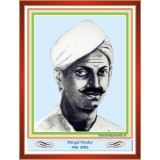
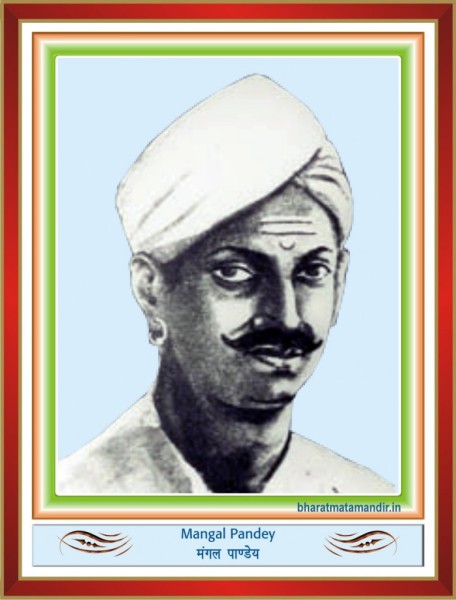




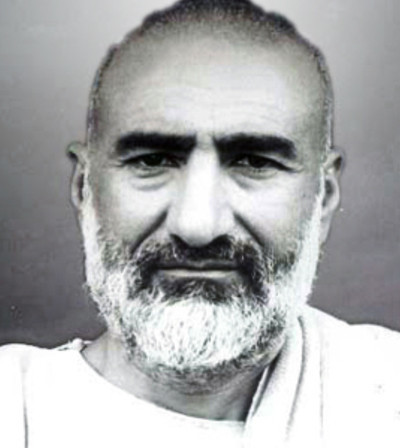
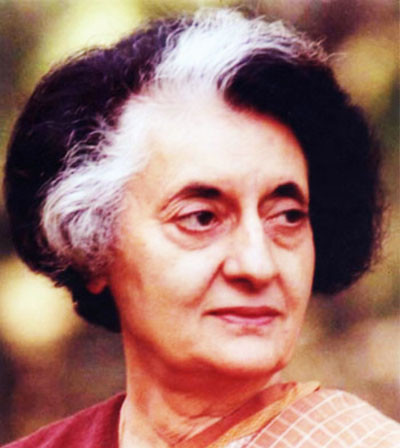
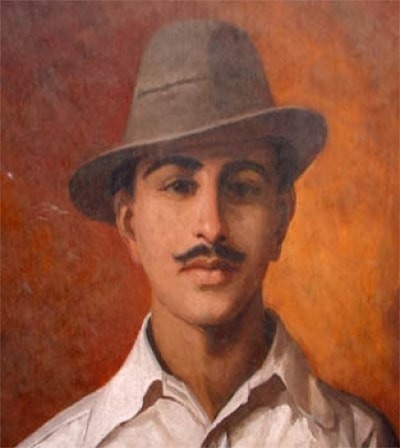
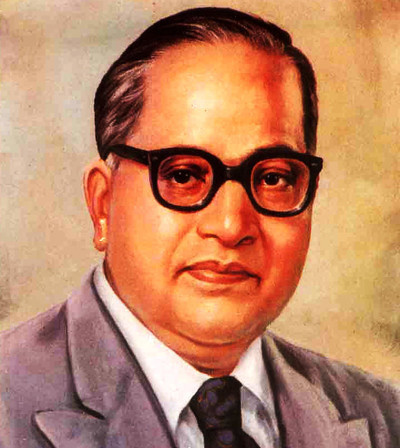
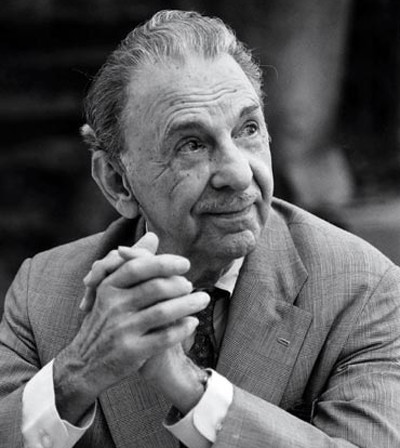
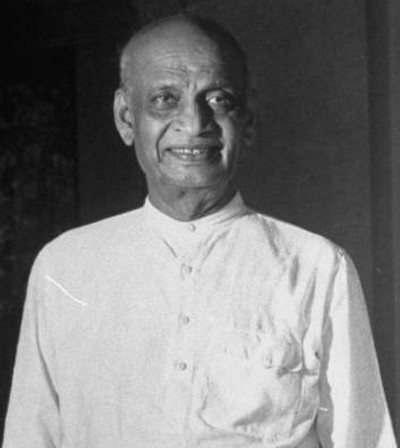
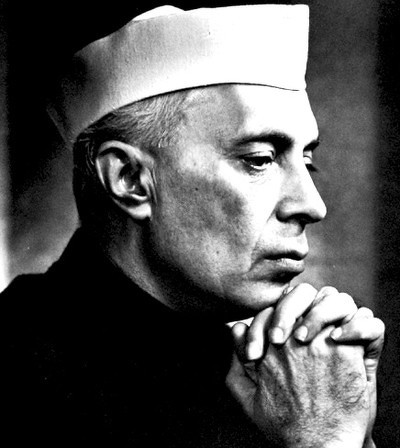
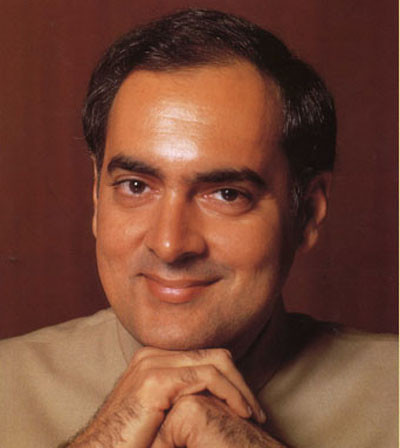
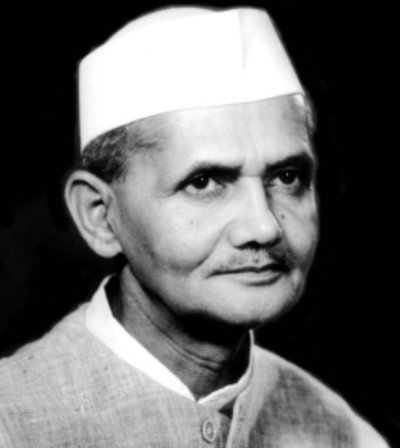

kl.narayana
11 years ago
amar jawan / we r proud of u, every indian remembers you in the morning prayer / narayana / raghavam foundation / 09948295205
jai hind
amar jawan / we r proud of u, every indian remembers you in the morning prayer / narayana / raghavam foundation / 09948295205
jai hind
pankaj dhar dwivedi
13 years ago
infinitive salute themjaihind
infinitive salute themjaihind
pankaj dhar dwivedi
13 years ago
infinitive salute themjaihind
infinitive salute themjaihind
bhupatbhai d. karpada
14 years ago
bhupatbhai d. karpada
14 years ago